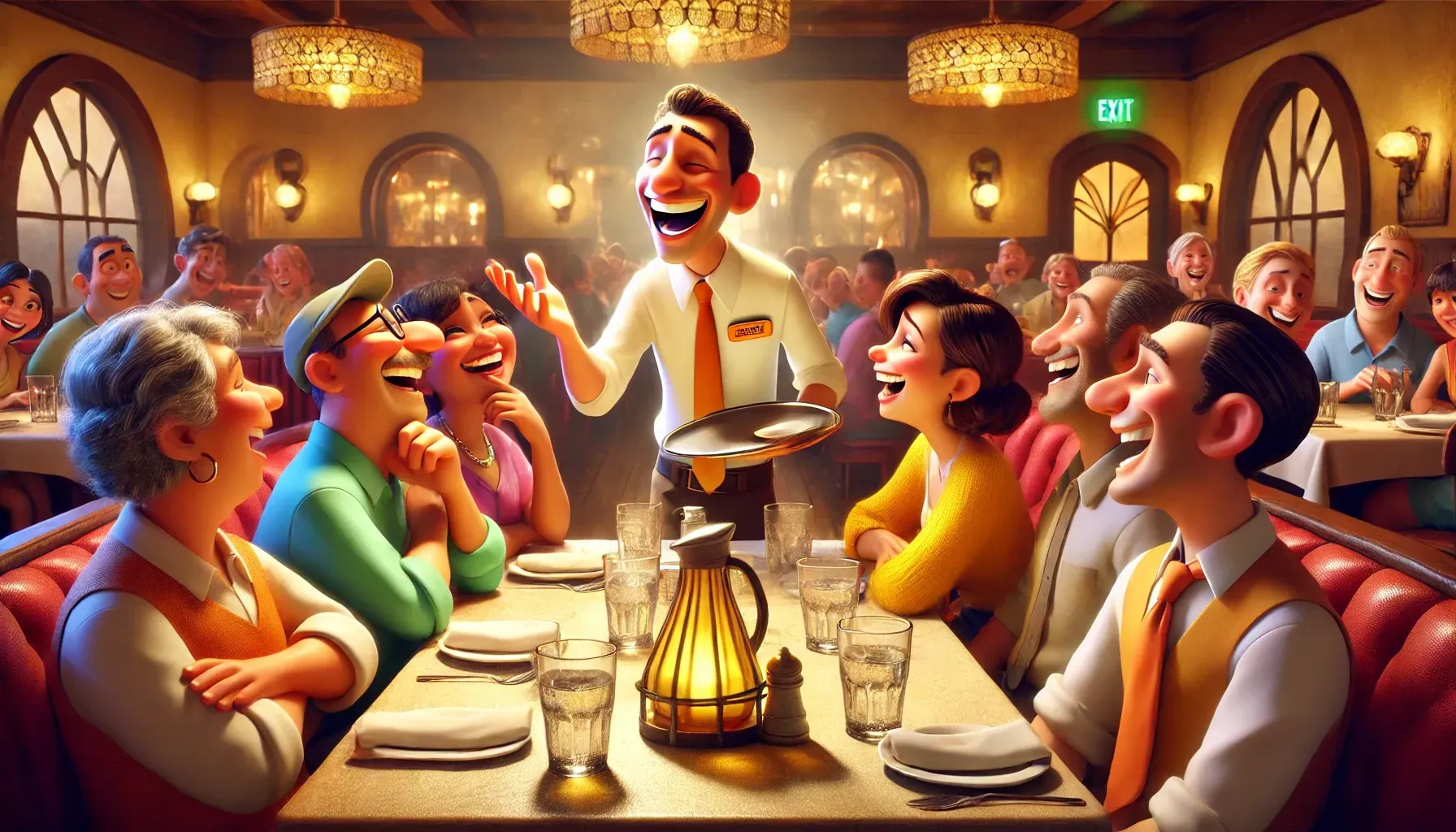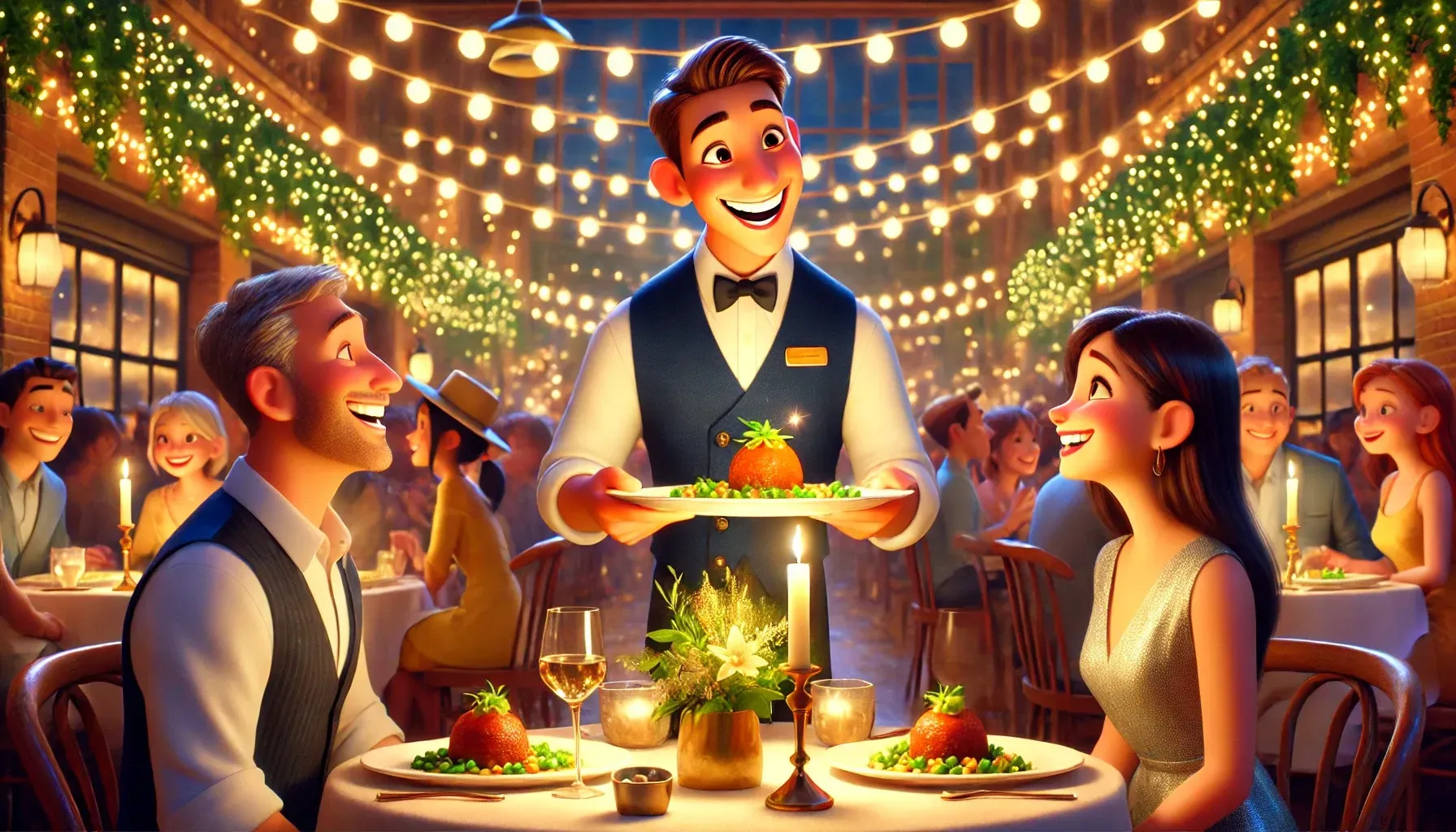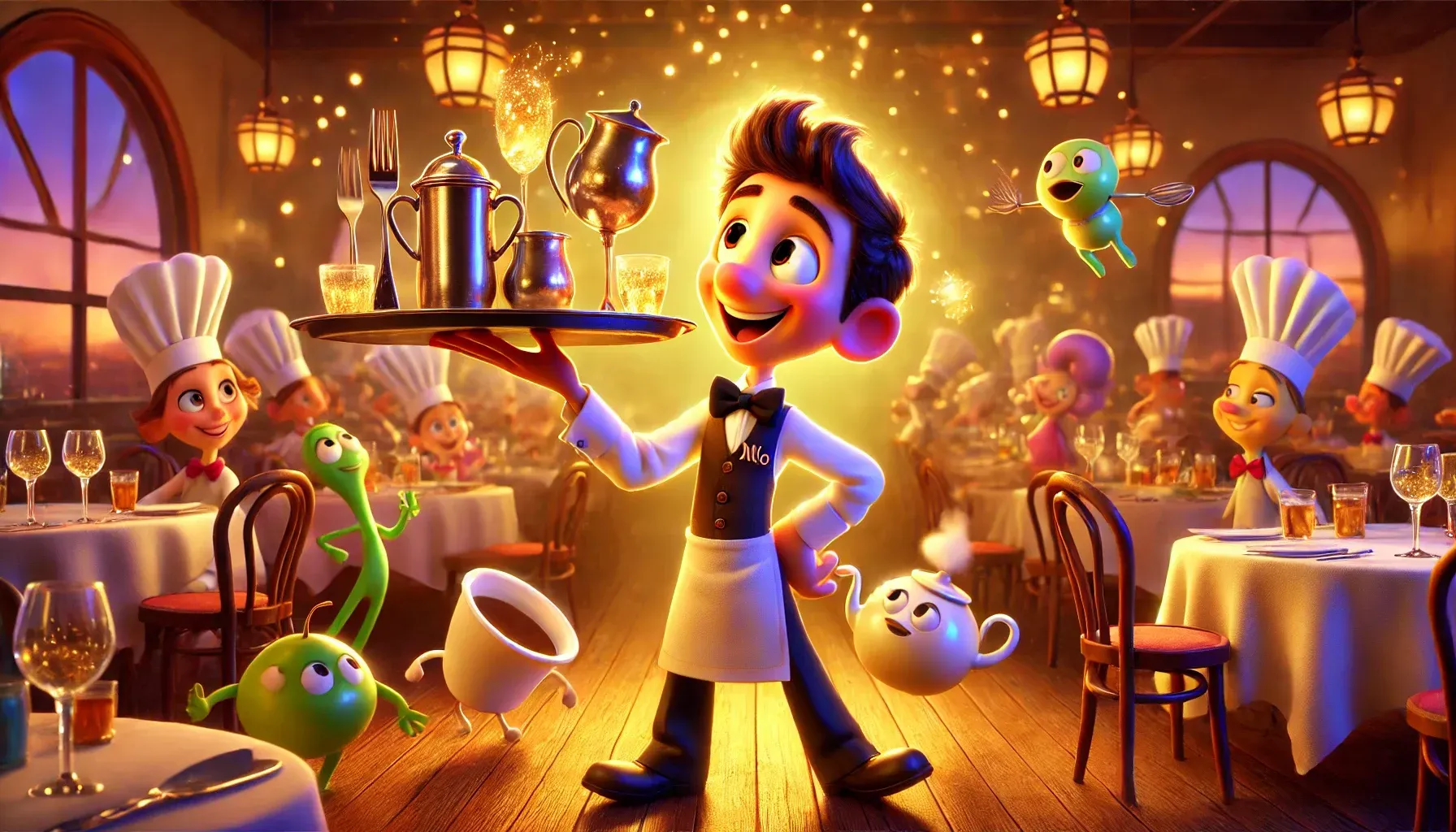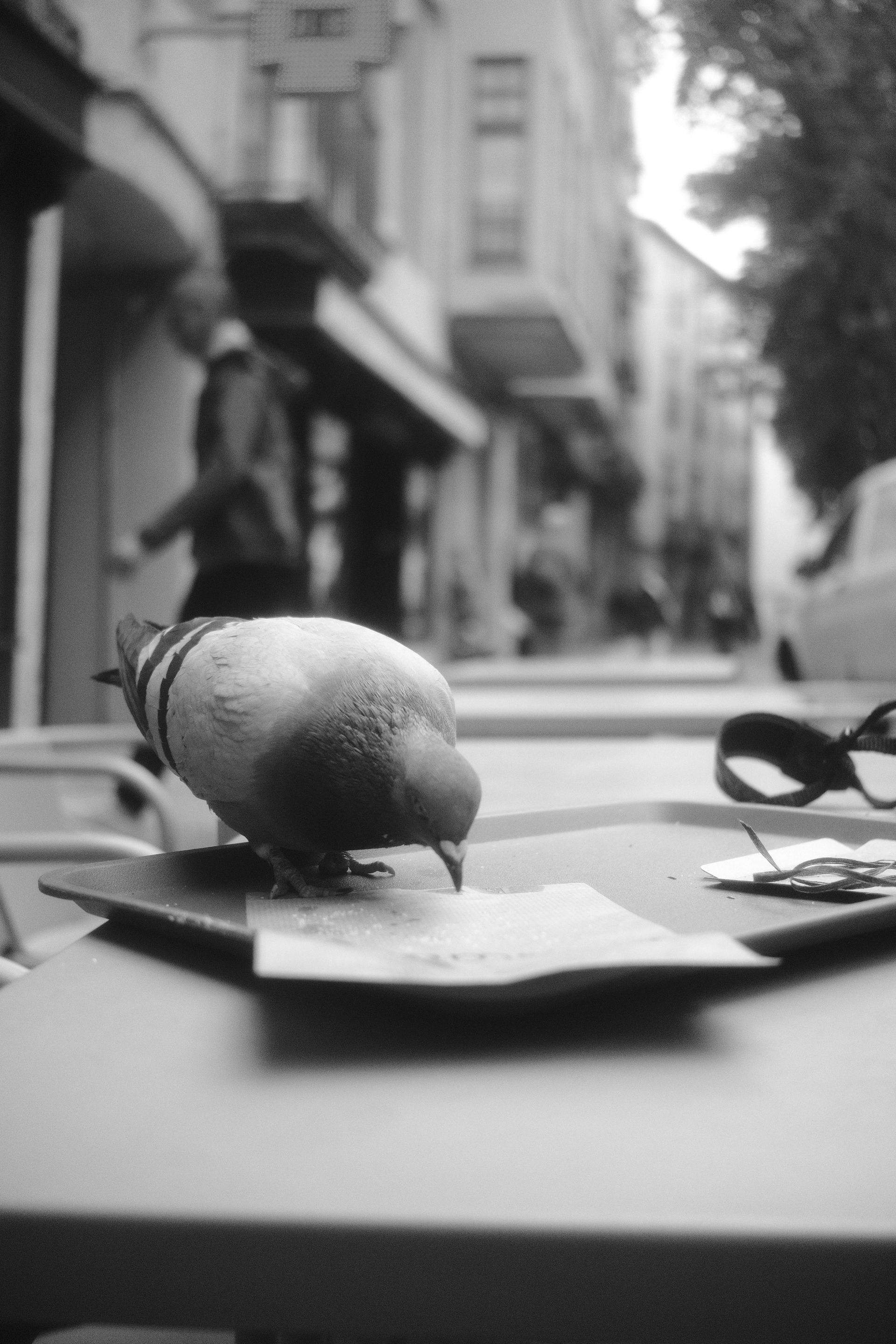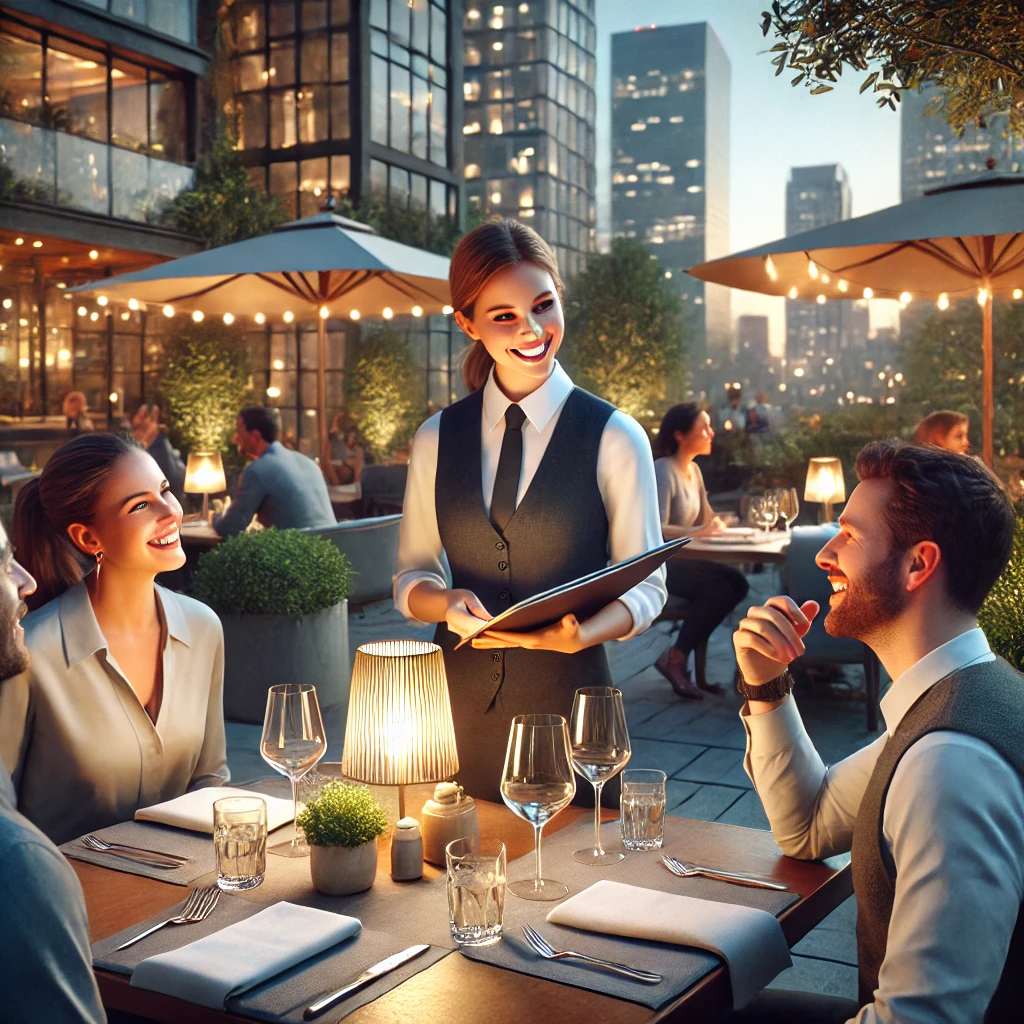Elevate Your Service with the Peak-End Rule
Creating Unforgettable Dining Experiences
Hey there, restaurant servers, bartenders, and managers!
Does every meal you serve turn into a cherished memory for your guests?
Are your patrons raving about their experience, recommending your place to everyone they know?
There are restaurants all over the globe where it takes months to get in the door. There are full service, casual dining restaurants that are busy non-stop from opening to close.
Is your place like that?
It makes sense to ask why not and do something about it. However, we'll provide you with one secret to achieving loads of business. The method lies in a powerful psychological principle known as the "peak-end rule." Trust me. This is a game-changer, and it's worth every second of your time to understand it.
What’s the Peak-End Rule?
So, what exactly is the peak-end rule? Nobel Prize-winning psychologist Daniel Kahneman came up with this idea. It means that people judge experiences mostly based on two moments: the peak (the most intense point) and the end. In other words, no matter how long or short the experience, these two moments leave the biggest impression.
Think about it: A guest enjoys a great meal at your restaurant. The food is fantastic, the service is excellent, but it’s that surprise birthday dessert at the end that they’ll remember and talk about for days.
How to Turn Every Meal into a Memorable Experience
Understanding the peak-end rule can revolutionize the dining experience at your restaurant. Here’s how you can use this insight to your advantage:
Create Unforgettable Peaks
The peak of the dining experience is that moment of sheer delight or surprise. It could be the first bite of a perfectly cooked steak, the arrival of a beautifully presented cocktail, or a personalized greeting from the chef. Here’s how to make those moments pop:
- Signature Moments: Develop unique, high-impact elements in your service. Think tableside preparations, dramatic dessert presentations, or surprise amuse-bouches.
- Engage the Senses: Combine sight, sound, taste, and smell. Serving a dish under a smoking cloche, for example, creates a visual and aromatic spectacle.
Ensure a Memorable End
The end of the meal is your last chance to leave a lasting impression. A pleasant surprise or thoughtful gesture can elevate the entire experience:
- Unexpected Treats: Offer complimentary petit fours, a personalized thank-you note, or a small gift. These final touches are often what guests remember most.
- Personalized Farewell: Sincerely thank your guests, address them by name, and invite them back. Personalization shows you care about their individual experience.
Train Your Team
Creating consistent, memorable experiences requires a well-trained team. Here’s how to get everyone on board:
- Role-Playing Scenarios: Practice creating peaks and memorable endings in training sessions. Role-playing helps staff understand the importance of these moments and how to nail them.
- Empower Creativity: Encourage your team to think creatively about how they can surprise and delight guests. Empower them to take initiative and make each dining experience unique.
The Science Behind It
Scientific research backs up the effectiveness of the peak-end rule. By focusing on the most intense moments and the ending of the dining experience, you’re tapping into the way human memory works. Positive peaks and endings are more likely to be remembered, shared, and praised, leading to higher overall satisfaction and more word-of-mouth recommendations.
Kahneman's research (2011) shows that our memories of experiences are shaped by the most intense moments and the final impression. This insight is invaluable for the hospitality industry, where creating memorable experiences is key to success.
Ready to Wow Your Guests?
By using the peak-end rule, you can turn every meal into a memorable event. This psychological insight is your secret weapon for creating extraordinary dining experiences that guests will talk about long after they leave your restaurant. Imagine the boost to your reputation, guest loyalty, and ultimately, your bottom line.
Does it matter if you are a turn and burn, casual dining, concept or fine dining establishment? Absolutely not.
You can revolutionize your service and turn your establishment into a beacon of exceptional dining.
Stay tuned for our exclusive training programs and workshops designed to elevate your hospitality skills to new heights.
Remember, it’s not just about serving food and drinks – it’s about creating memories. And with the peak-end rule, you’re equipped to make every memory an unforgettable one.
If you are a server or a manager, we can help create ways for you and your establishment to stand out from EVERYONE ELSE.
Ready to get started? Fill out the simple form below. And, we'll send you some information to get the ball rolling...no credit card required.
I want to stand out!

